Purple Deadnettle
- Mint (Lamiaceae family):
- Lamium purpureum L.
- EPPO code:
- LAMPU
- Other names:
- Red dead-nettle, red nettle, purple archangel
Species information
- Lifecycle:
- Winter annual.
- Propagation:
- Reproduces by seed.
- Emergence:
- Germinates in the fall.
- Habitat:
- Native to Eurasia, purple deadnettle is now common in North America. It is found in fields, gardens and turf grass.
- Competitiveness:
- Similar to henbit, purple deadnettle is also an alternate host for soybean cyst nematode.
Identification clues
Seedling
- Cotyledons:
- Oval to round, with two small lobes at the base and a long stalk. Hairless.
- First leaves:
- The first leaves have an opposite orientation. They appear on short stalks and are triangular to heart-shaped with rounded teeth. The leaf surface is hairy.
Mature plant
- Mature leaves:
- They grow in an opposite orientation; the upper leaves are heart-shaped, densely covered with hairs and petiolated; as they reach the top of the stems, the leaves are smaller, more overlapped and develop a red or purple tinge. Opposite leaf orientation; leaves grow on stalks and are circular to heart-shaped.
- Stem:
- Branched and square in cross-section.
- Flowers:
- Pink to purple in colour, purple deadnettle’s flowers appear as whorls in the upper leaf axils. The plant flowers in early spring.
- Roots:
- Fibrous taproot
Often mistaken for
I know it's not Henbit because although henbit and deadnettle both have square stems and flower in the early spring, the upper leaves of deadnettle usually have a red to purple tinge to them, are triangular and grow on leaf stalks, whereas henbit’s leaves are green and lack stalks.
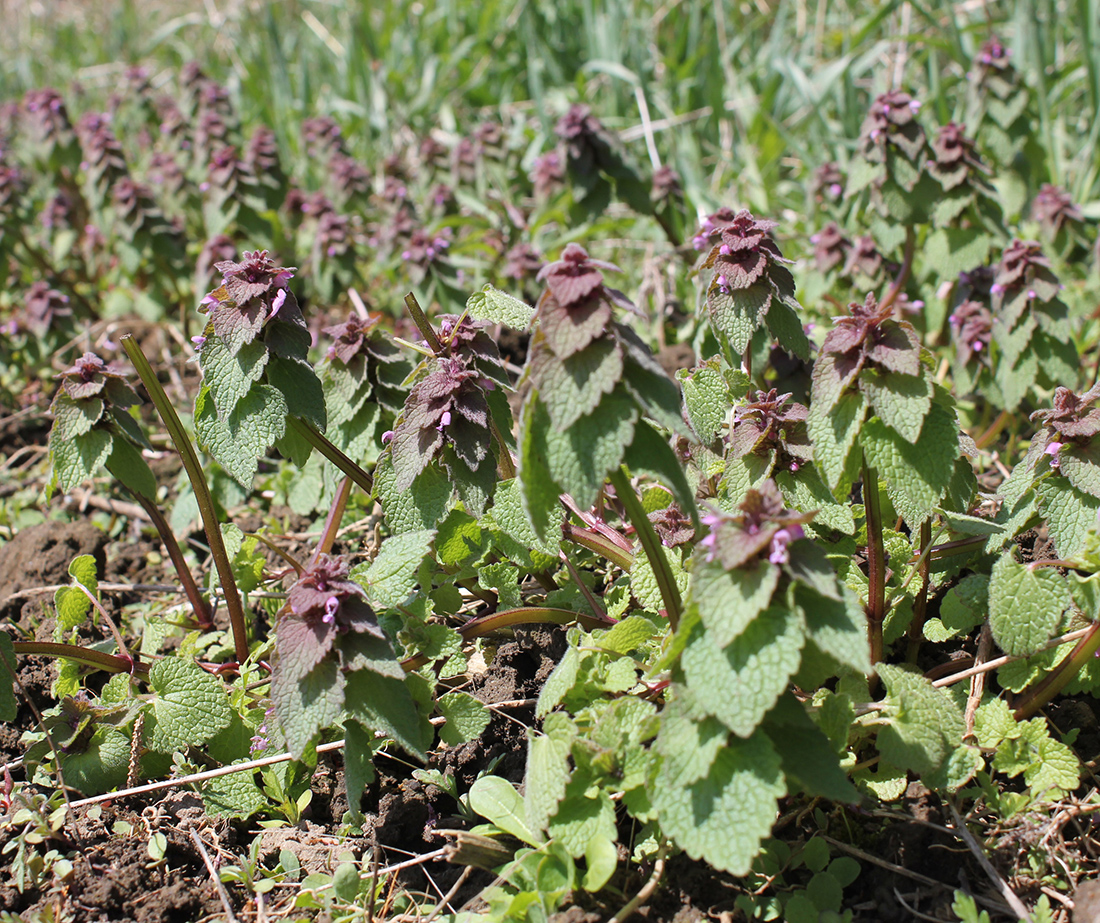
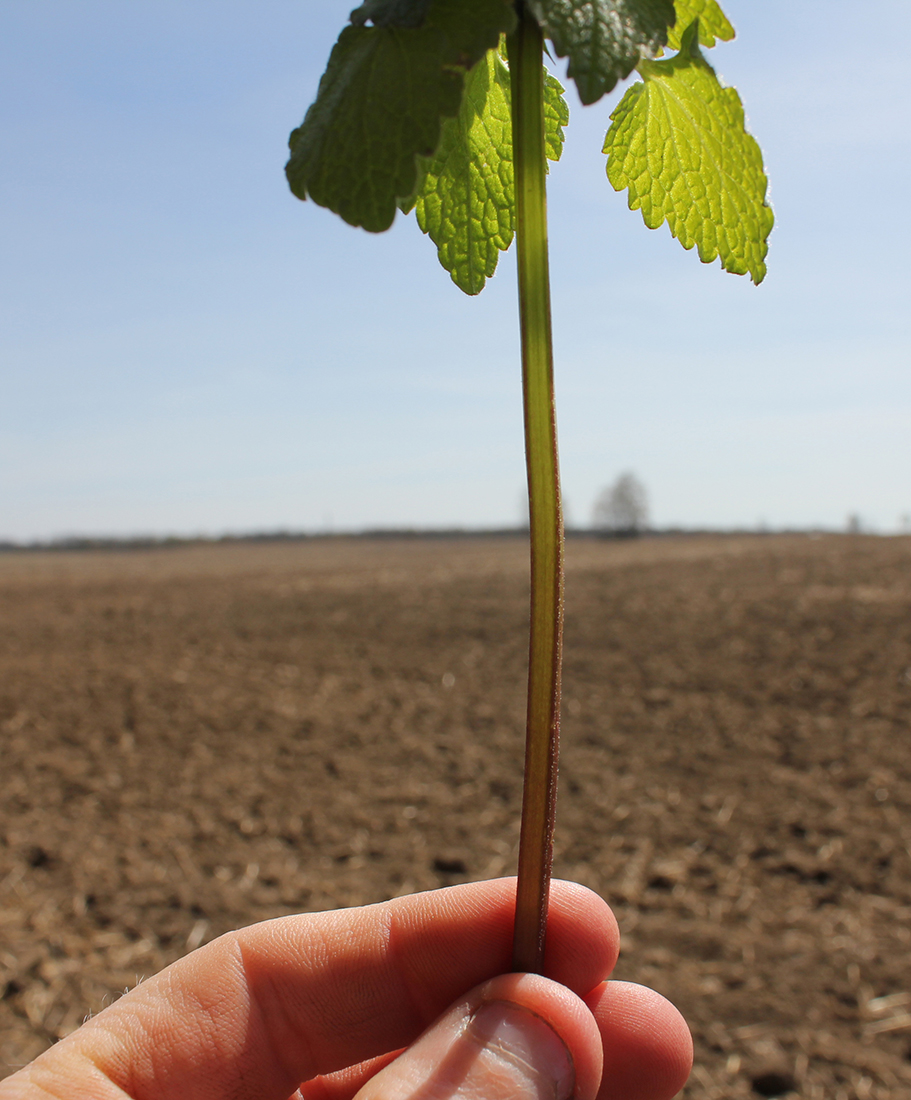
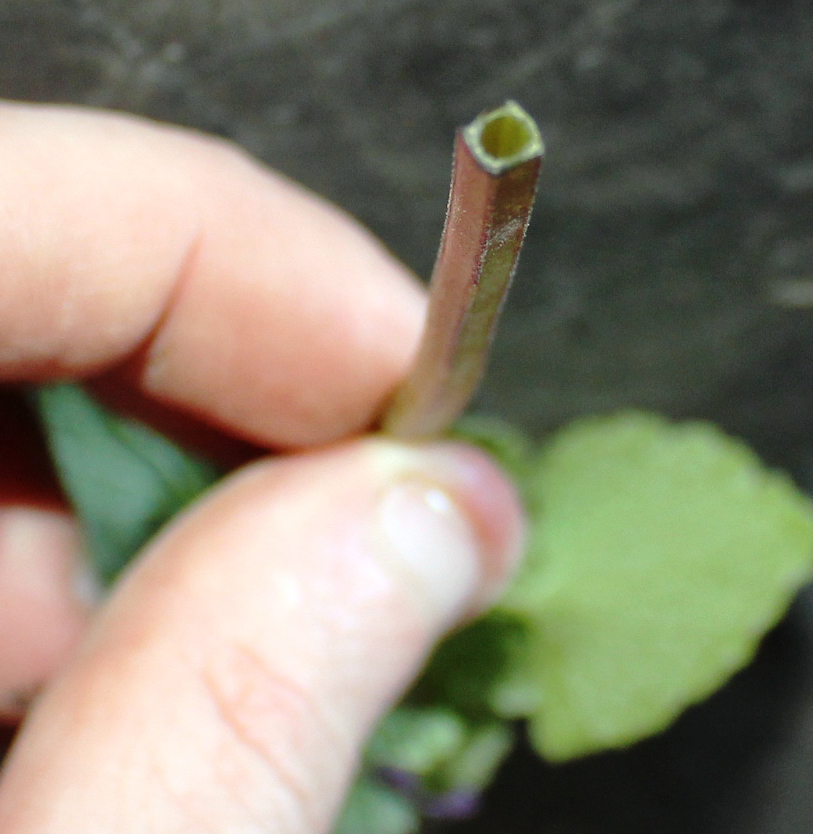
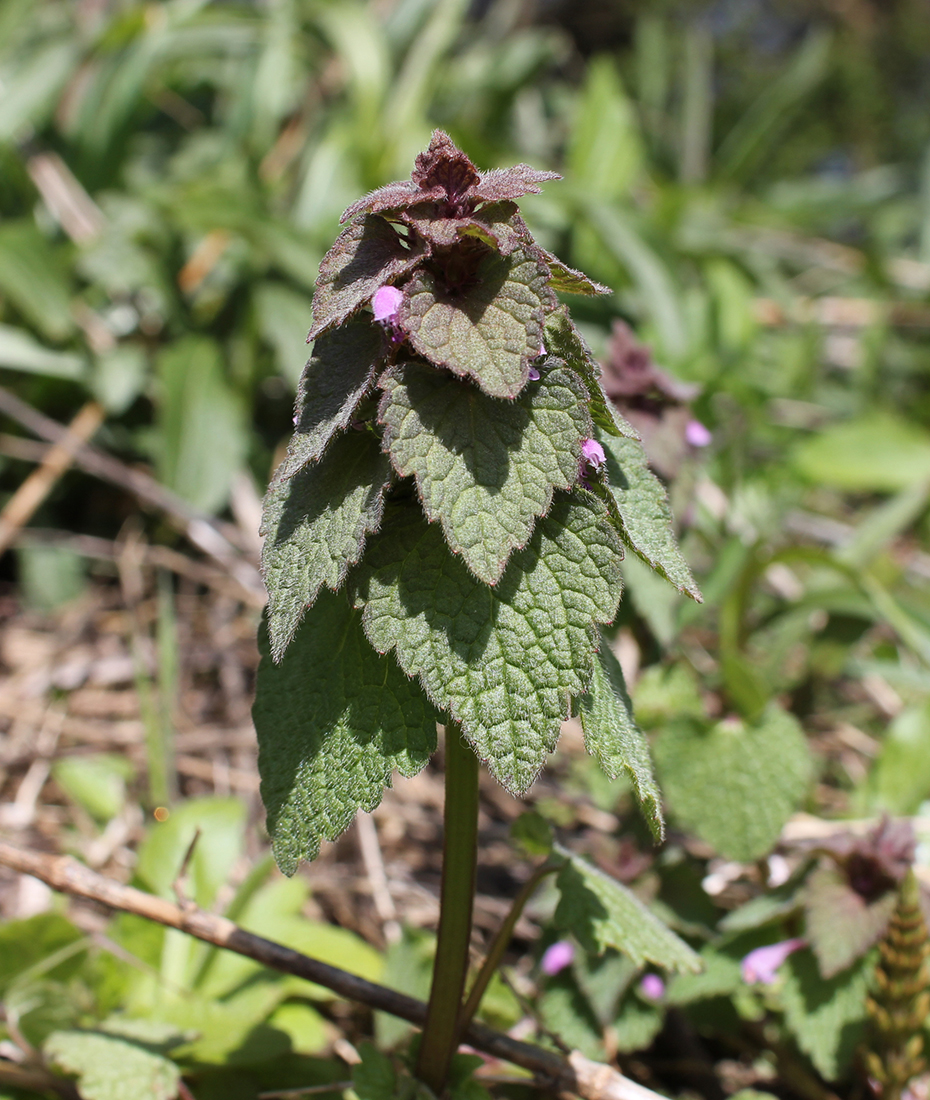
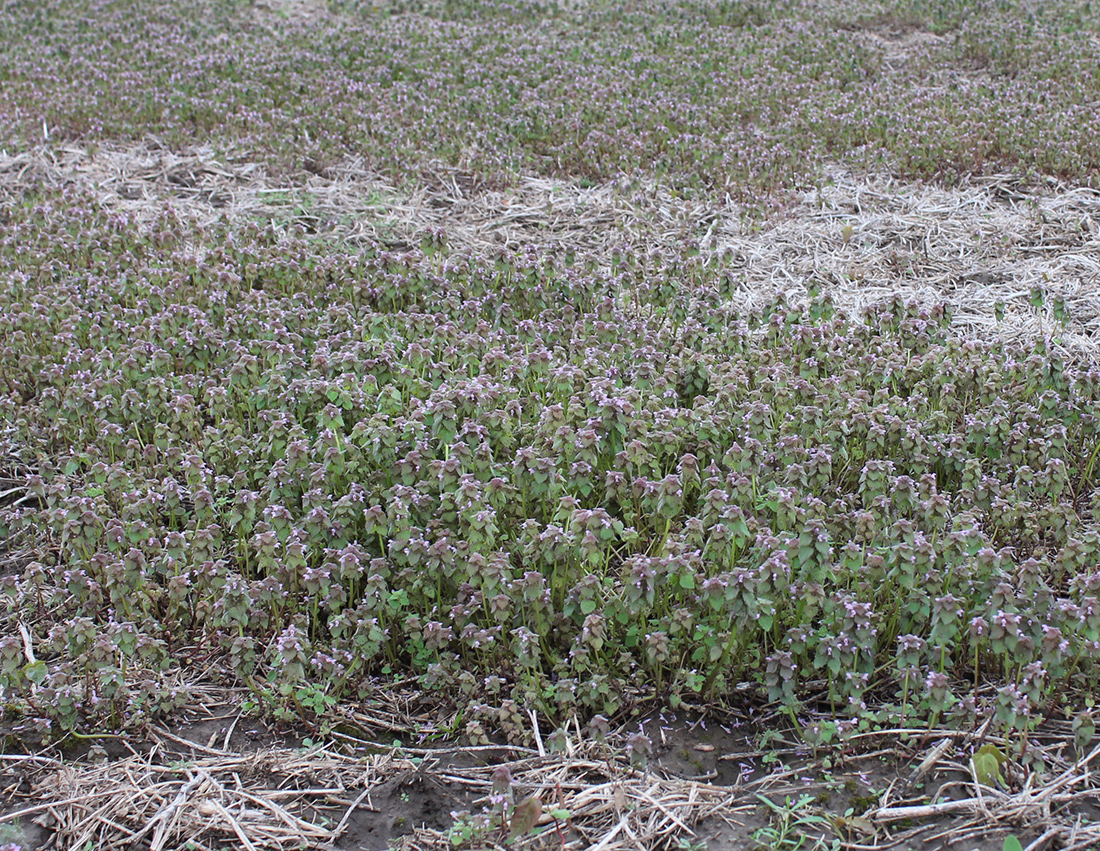
Updated: January 13, 2023
Published: January 13, 2023